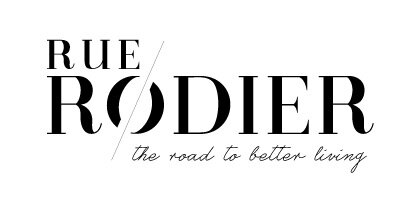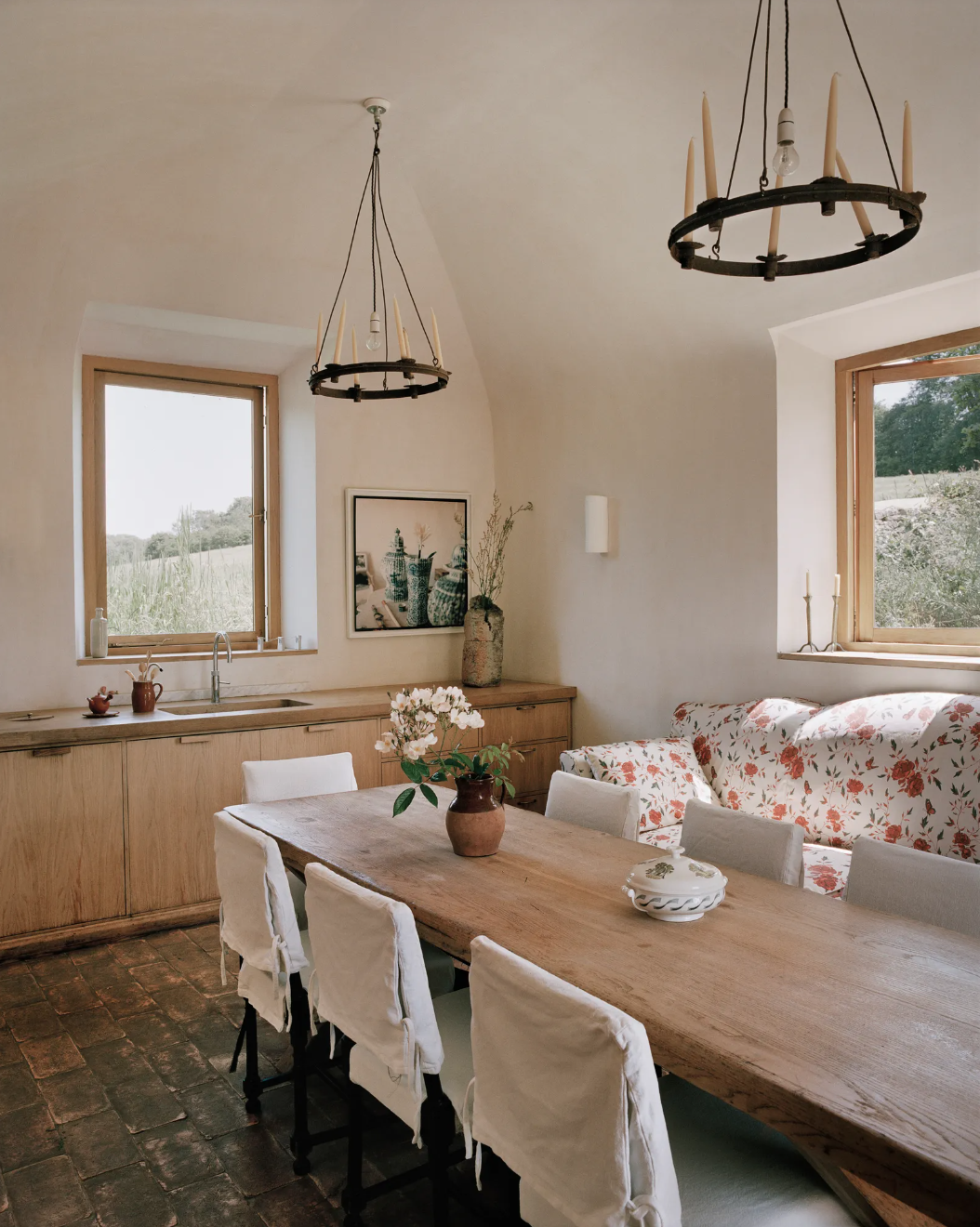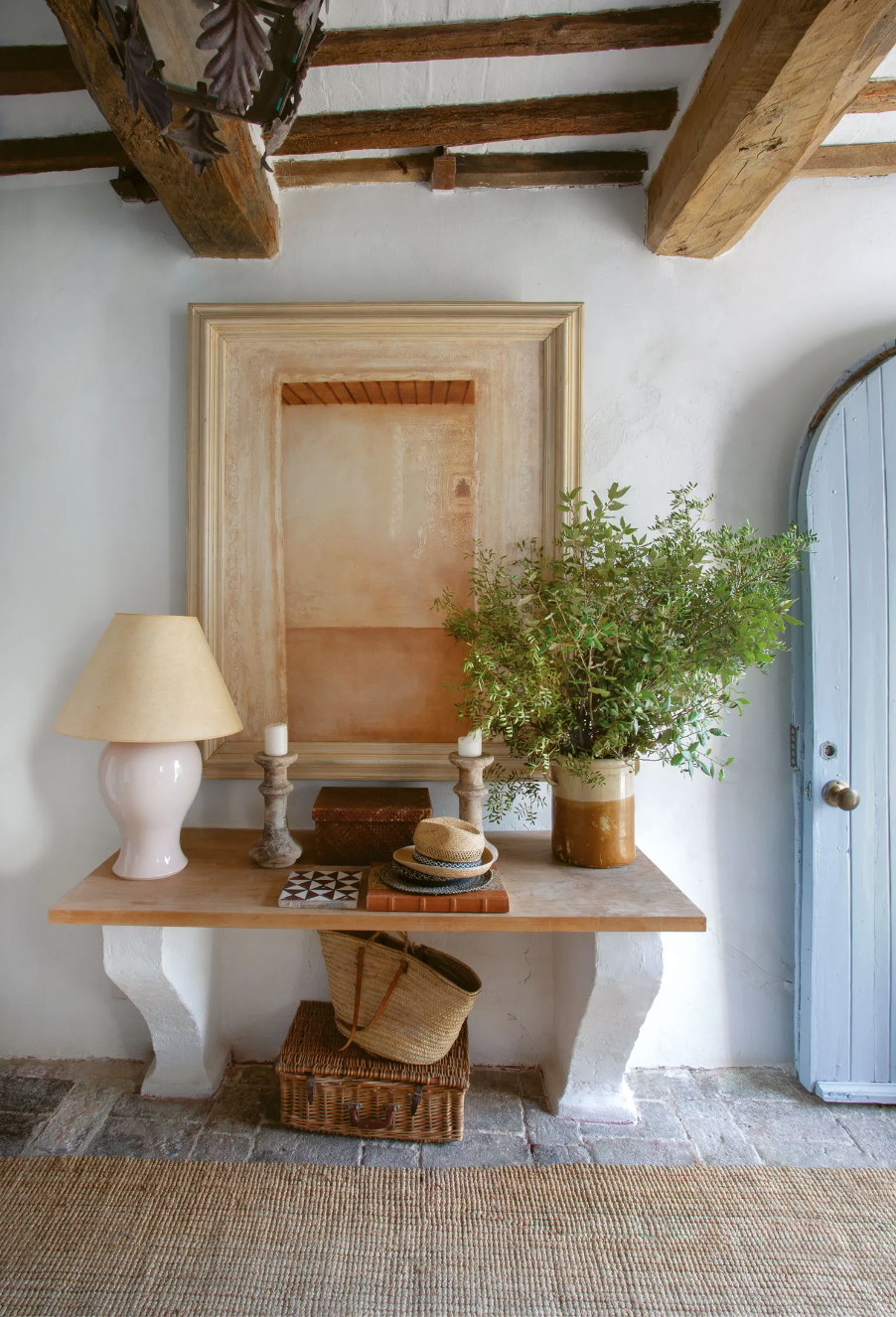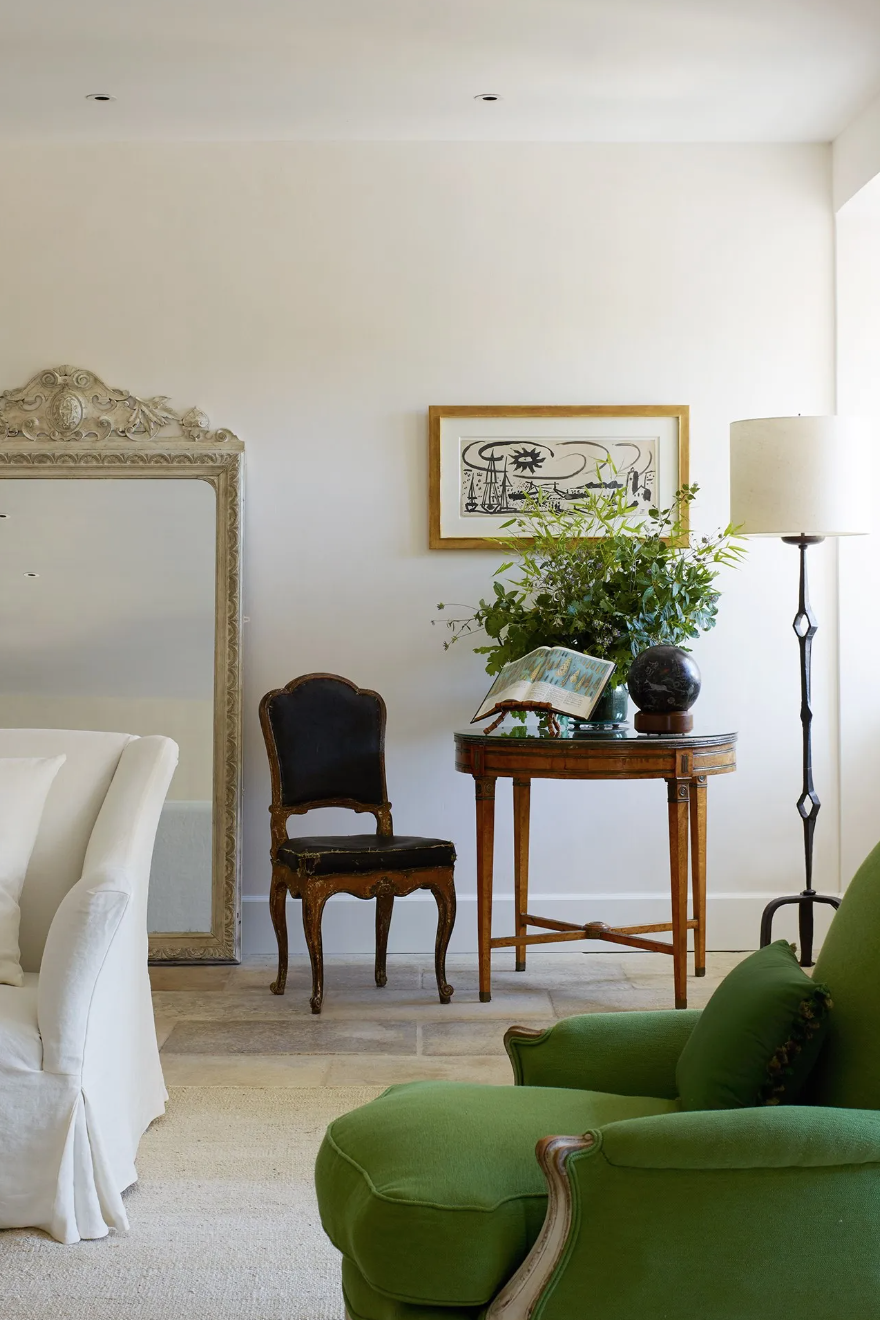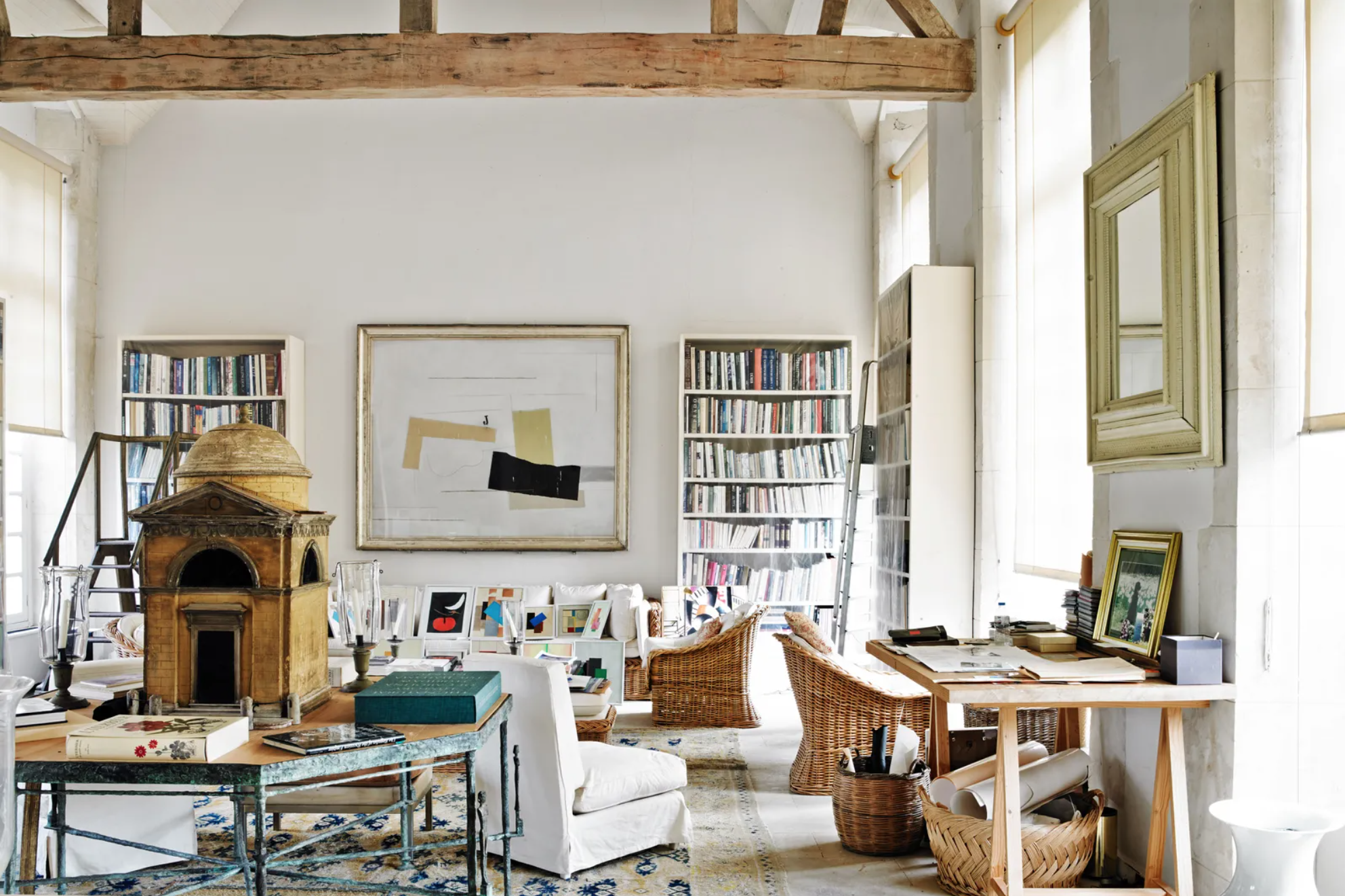Interior Inspiration: a 17th-century farmhouse in the English countryside
This week, I’m looking at the bucolic English country home and gardens of Miranda Brooks and her husband Bastien Halard. A landscape architect and architect respectively, this couple entirely remodeled an old dairy farm during the Covid lockdowns to create a beautiful family home, which encapsulates both their styles and is providing me with ample interior inspiration for spring time!
The couple searched for years for the perfect English countryside home and, as these things tend to go, just as they were about to give up on their dream, a friend of theirs recommended an old dairy farm, which had recently come up for sale. Although completely different from the 18th century Georgian estates they’d previously looked at, Miranda fell in love with the landscape and had faith that her husband Bastien, could redesign the farm and outbuildings anew. Working just with the bare bones of the property, they’ve brought their dream to life. Halard described the process of owning and renovating the home as one of ‘custodianship’, letting its history inform all of his architectural and design choices.
The farmhouse was originally built in the 17th century and so, the couple began by researching Jacobean architecture and restoration styles. Using English Elm for the floors, they attempted to keep as much light as possible in the space, opting to plaster the ceilings instead of continuing the wood. In combination with the soft hues of the lime washed walls, this helps to bathe the space in light.
The kitchen is an entirely restored outbuilding that was then connected onto the main house, no small feat when you have to accommodate the natural slants and slopes of a period home like this. However, the amount of work that went into this extension entirely pays off in light and ambience. The kitchen strikes a perfect balance between light and dark, contrasting paler shades of French linens and woods, with brushed stone floors and antique Jacobean chandeliers. Aside from the dining table, the central focus is the beautiful sofa sitting under the window which was designed by Halard and upholstered in a rose fabric that the couple designed together.
The most striking room and by far my favorite (particularly for this spring season), is the living room. The couple were inspired by the wildflowers on the grounds and James Abbott Whistler’s The Painter in His Studio, which led to a room which champions whites and yellows. The entire home has a serene energy to it, but this room in particular speaks to me with central tapestry covered pouf, striped chairs with ruffled skirts and simple, mainly white collected objects for decoration.
What makes this home so special and quintessentially English, is the way the gardens flow so effortlessly into the decor. It obviously helps that Miranda is a landscape architect; she has filled the gardens with hundreds of varieties of roses which continue into the home through the use of floral fabrics, perfectly contrasting the heavy, dark woods of their antique furniture. Moreover, the litany of oak trees outside are continued inside by the central oak staircase, and the oak leaf frescos in the office, drawn by the family directly onto the plaster then hand painted by Halard.
This brings me onto my final inspiration from this home; many of the personal touches were designed by the owners, whether it be the frescoes on the walls or the candlesticks and chandeliers made by one of their daughters - I love the element of self-expression. Even the accents and objects which are not homemade have stories to them, many of which were collected in Parisian flea markets or during other travels. I think this is important when looking to redecorate a space; in a world where trends come and go, the best way to ensure your space remains ‘timeless’ and personal to you, is by loving the process of acquiring and decorating in the first place with unique and collected pieces.
Scroll down for more photos and to shop the interior style.
Shop the style
Words by Clemmie White and photos François Halard.
